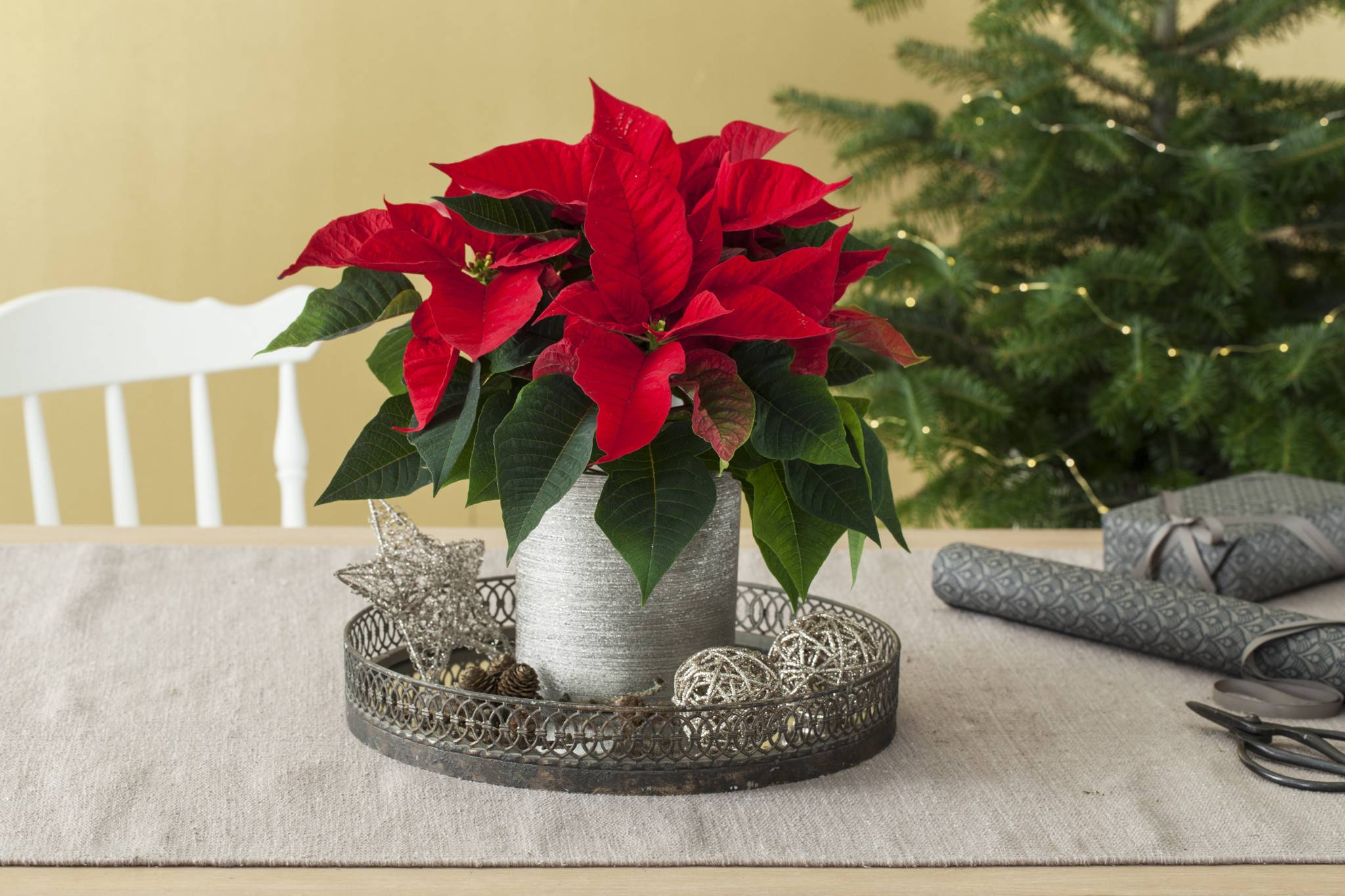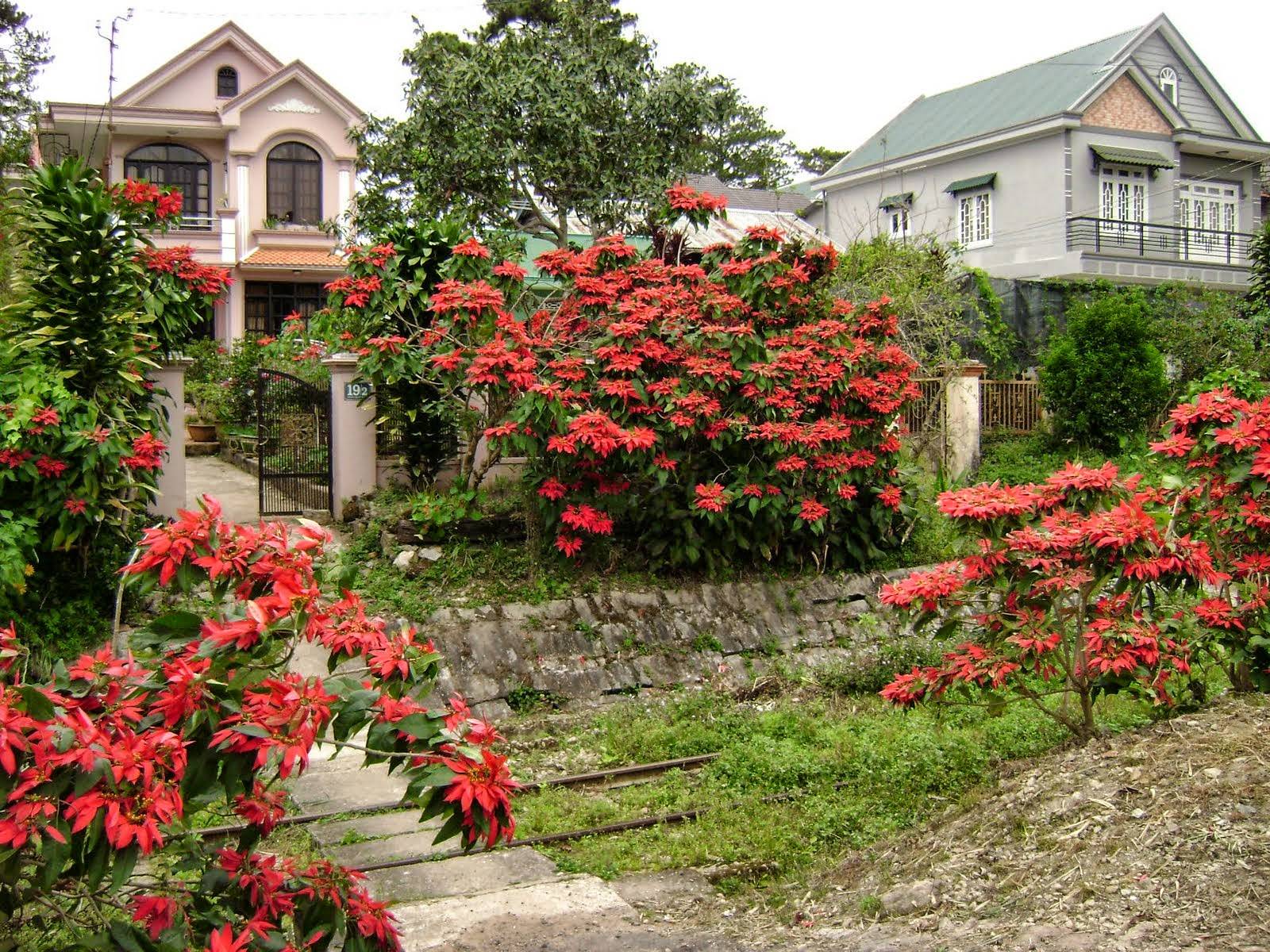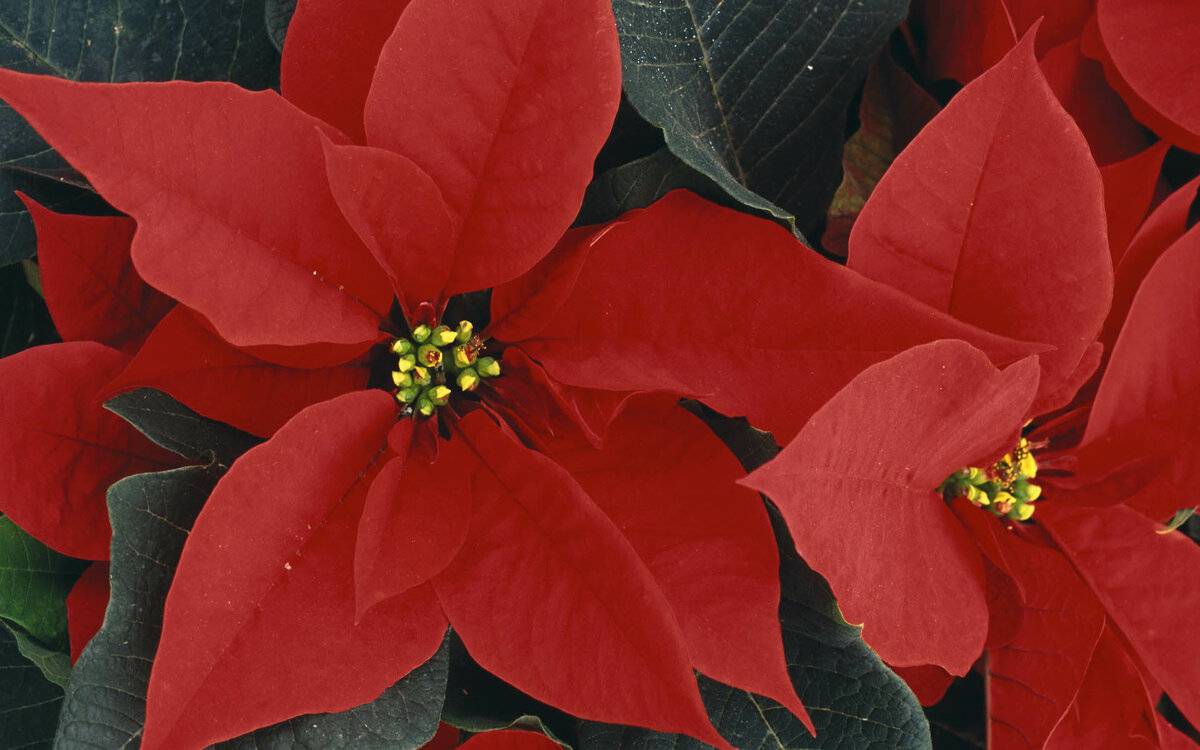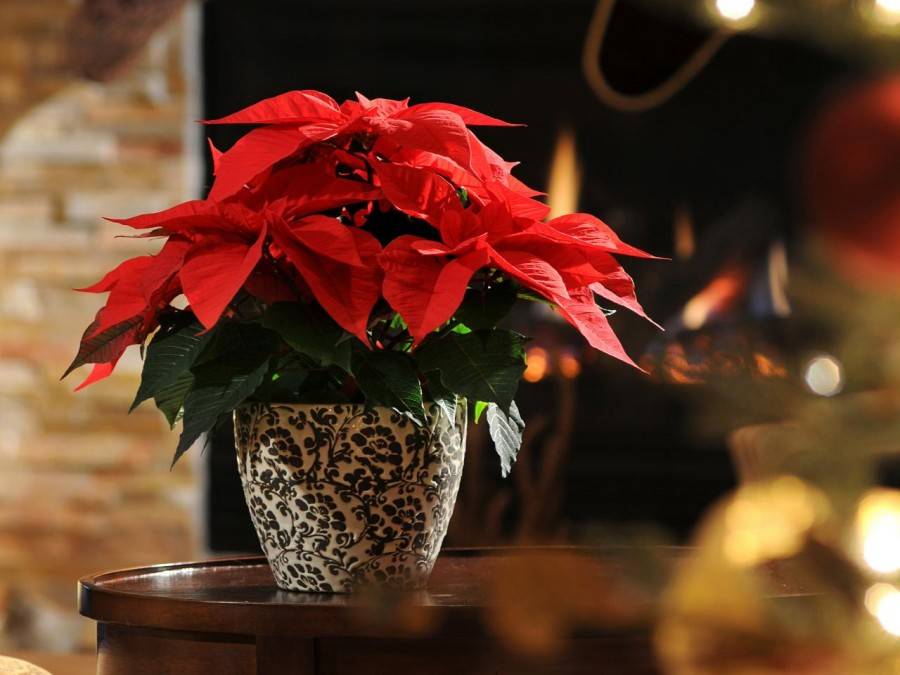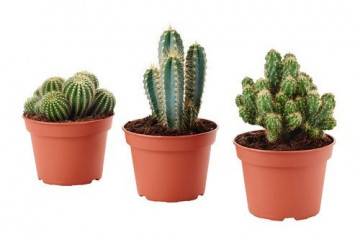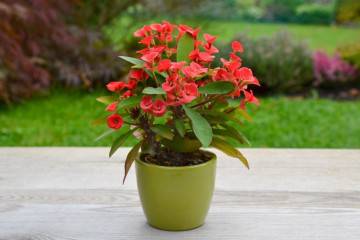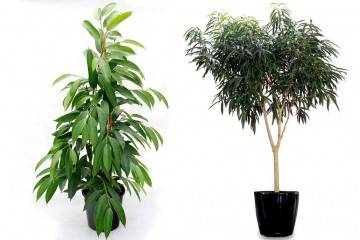Christmas star flower - how to care at home
Content:
It is impossible to imagine European New Year holidays without poinsettia, the traditional symbol of Catholic Christmas. On these holidays, poinsettias are made from cut branches to make compositions, decorate rooms, and a pot with a flowering bush is displayed in the most conspicuous place and decorated like a Christmas tree.
Description of the flower
The love of poinsettia came to Europe from the United States, where at the beginning of the 20th century. it was first put up for sale in Hollywood before Christmas. It made a fortune for the gardener who came up with the idea to sell the branches of a beautiful wild plant with purple-red star-leaves. This is how the poinsettia became a popular flower for commercial cultivation like the Dutch tulips.
The birthplace of poinsettia is Mexico. In nature, this shrub grows up to 4 m and blooms for Catholic Christmas. But in order to achieve the appearance of flowers in a Christmas star at home, you need to know how to properly care for it.
The Aztecs used poinsettia milky juice to treat fever, and bright pigment as a dye. After the colonization of America, poinsettia began to be used in Christian services, and in the 17th century. recognized as the official symbol of Christmas and, thanks to the spectacular coloration of the holly bracts, was named the Christmas star (star of Bethlehem).
Christmas star - a flower at home: how to care
The indoor flower red star, as it is also called, requires special attention from flower growers. He is especially picky about the choice of lighting. Blooming on Christmas Day takes effort.
Temperature regime in the care of poinsettia
In summer, poinsettia prefers a temperature of 18-20 ° C, up to a maximum of 25 ° C. During flowering, it can be lowered to 16 ° С, and during dormancy - up to 15 ° С.
She is afraid of hypothermia, does not tolerate drafts, sudden temperature fluctuations. Under unfavorable conditions, it withers, sheds leaves.
Air humidity and watering
During the period of winter flowering and preparation for it, as well as during active growth, it is recommended to rarely and abundantly water. It is necessary to shed the plant well and wait until the excess water drains into the pan, then to drain it. When the soil in the pot dries out to a depth of 2-3 cm, the plant needs to be shed again thoroughly.
During the rest period, watering is reduced to a minimum, but the soil does not dry out.
Avoid:
- frequent watering (especially if the pot is on a cool windowsill);
- stagnation of moisture in the pot;
- drying out the soil.
Signs of improper watering:
- the tips of the leaves dry (the plant is overdried);
- leaves wither, droop (overflow).
Fertilization
Top dressing is carried out in winter and during active growth, once every 2-3 weeks, with complex mineral fertilizers for decorative deciduous plants. To stimulate flowering, from September, they begin to feed with fertilizers with a low nitrogen content and a high content of phosphorus and potassium.
During the resting period, poinsettia is not fed.
It is recommended to fertilize by watering.
Pruning and post-flowering care
To stimulate flowering in December, the poinsettia must be properly pruned in March 1-2 weeks after transplanting. After the end of flowering (there is no need to wait for the complete discharge of leaves), it is necessary to cut the plant at a height of 10-15 cm, leaving 2-3 buds on the branches. This procedure stimulates the development of young shoots, on which flowers will form in the future.
If the plant has too many young shoots, it may not have enough energy to bloom. Therefore, it is necessary to leave 4-5 of the strongest, and remove the rest.
In a young bush, all branches are cut at the same height, and in an older one, the oldest are selected and cut off closer to the root.
To form a beautiful bush, it is recommended to prune the plant in the summer, removing very long shoots.
Transfer
In the spring, after coming out of dormancy (in March-April), it is recommended to transplant the plant into a new pot once every 2-3 years.
Poinsettia prefers slightly acidic loose soils with peat content and good drainage properties. To increase the looseness, perlite is added to the soil.
The volume of the pot should be 2 times smaller than the crown of the plant, and the diameter should be 2 times the root ball.
The transplant is carried out by the method of transshipment of an earthy coma. If rotten roots are found in the process, they must be cut off by powdering the slices with charcoal for neutralization.
Dormant period
After the end of flowering and wilting of the bracts, a dormant period begins, which lasts 1-2 months. During this period it is necessary:
- gradually reduce watering to a minimum (once every 1.5 weeks);
- choose a cool, dark place for the pot;
- stop feeding.
After 1-2 months, the plant is brought into the light, and a new growth period begins for the poinsettia.
Preparing for flowering (late September - November)
To make the poinsettia bloom, it is necessary to create special light conditions and maintain them for 2 months, otherwise the plant will not bloom, but will go to gain green mass.
At home, it is difficult to withstand the light regime, therefore, many growers artificially extend the daylight hours for a plant, and the plant confuses the cycles.
To create favorable conditions in preparation for flowering, the poinsettia is covered with an opaque cap or put into a dark cabinet every day for 12 hours, and in the morning they are exposed to weak diffused light.
When preparing a plant for flowering, you cannot completely immerse it in darkness, because without sunlight, the vegetation process is impossible. It is recommended to reduce the temperature to 16-18 ° C during this period.
2 weeks after the correct light regime, flower buds appear, and a little later - bracts. The color of the bracts changes, they gradually turn red. The brightest color is achieved in January-February.
Diseases and pests of the flower and the fight against them
Poinsettia is a finicky houseplant. If the air is too dry, her leaves turn yellow, they fall off from drafts, the flower withers from improper watering, growths and white spots appear from inappropriate feeding.
Common poinsettia diseases:
- rot (root, stem, brown, gray, rhizopic);
- southern late blight;
- fusarium wilting.
These diseases appear as a result of the development of fungi in an environment unfavorable for poinsettia (with a lack of mineral fertilizers and stagnant moisture). For treatment, complex preparations for flowers are used, after removing the damaged parts of the plants.
Common flower pests:
- flower thrips;
- whitefly;
- worms;
- aphid;
- shields and false shields.
Get rid of them with the help of insecticidal and acaricidal preparations.
How to propagate a Christmas star at home
Propagated by cuttings left over after pruning. It is not difficult to propagate, the twigs take root well.
Step-by-step instructions on how to do everything right:
- The top of the head 10 cm long is separated from the cut cutting and placed in warm water so that the milky juice dissolves. Additionally, you can dry the cutting on a napkin.
- Prepared cuttings are dipped in water. Within a month, roots will appear on them. To speed up the process, you can use root formation stimulants.
- After a month, cuttings with roots are transplanted into loose soil and covered with a bag.
Poinsettia is a real indoor Christmas tree. With proper home care for the Christmas star flower, it will decorate the festive table, becoming an unforgettable gift for the grower.
